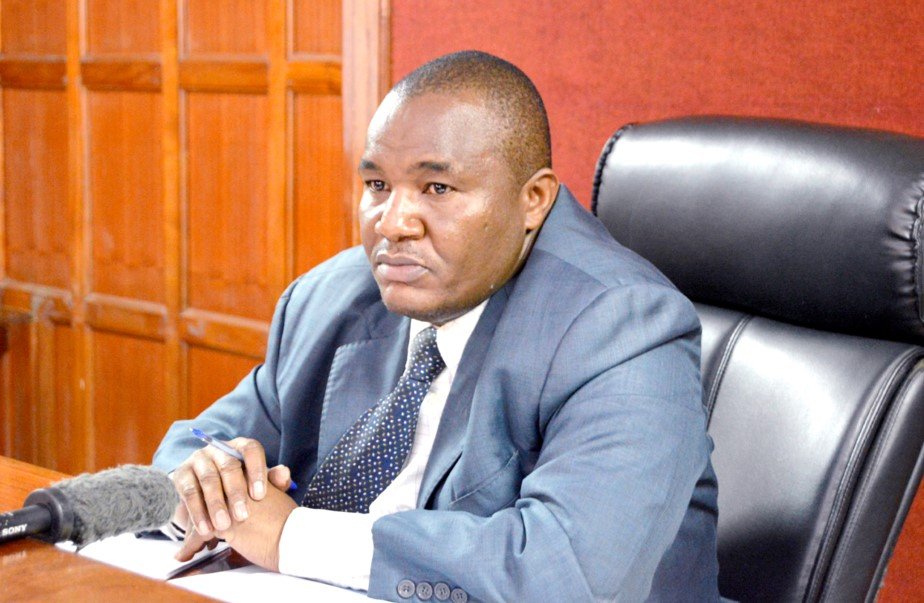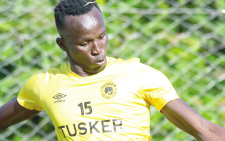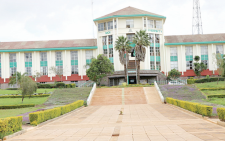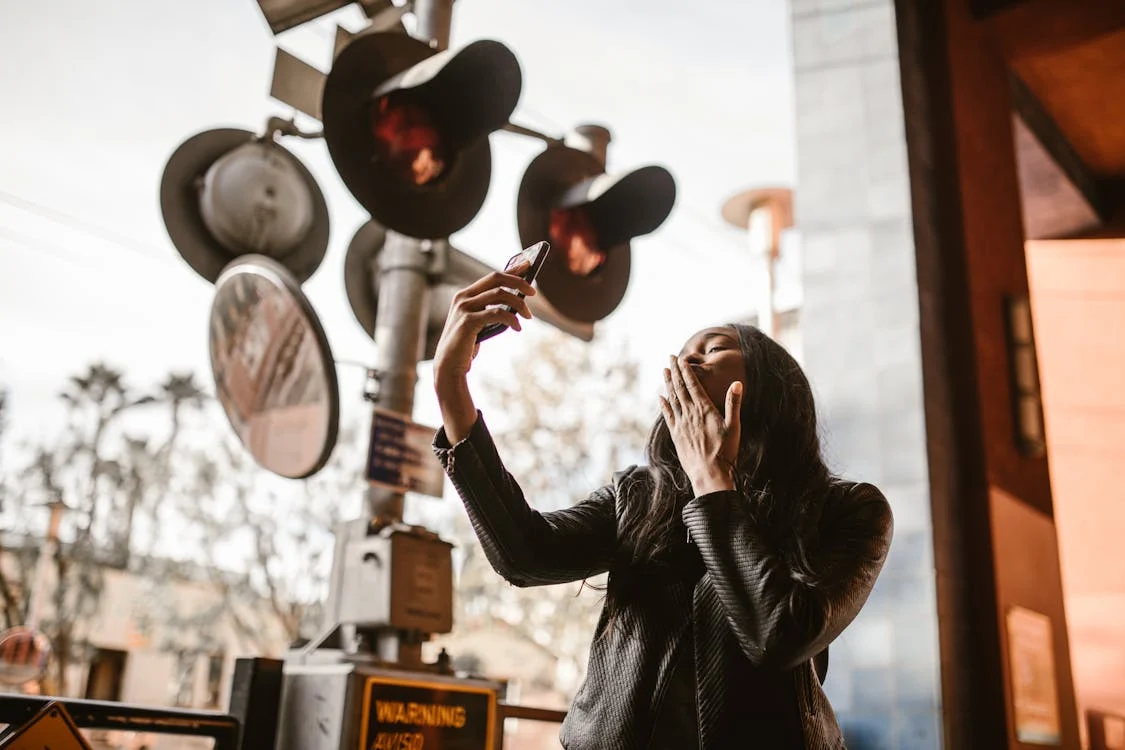High cost continues to derail treatment of childhood cancers
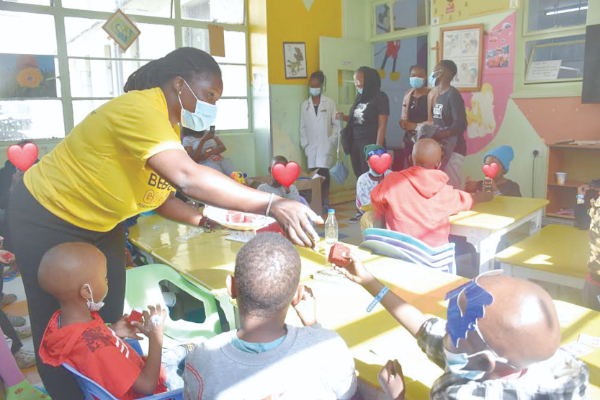
Grace Wanjiru Mbugua recalls getting unnerved by a whitish ‘thing’ on her one-year-old son’s left eye. The foreign matter appeared and disappeared without causing vision difficulties.
But even with this silent comfort, she still took her son to see several doctors, who failed to appreciate the alarming nature of his eye.
After numerous tests, one doctor finally broke the news to her; it was a mass.
Wanjiru was quick to register the news ahead of the doctor’s interpretation owing to her medical background. Her son had eye cancer known as retinoblastoma —cancer of the retina.
“At that time I thought this was the worst we could get in terms of diagnosis, because this was in 2013. Not much was known about cancers and there were no examples of child survivors. He was only a year old and I did not think he could survive,” said Wanjiru, a trained nurse in Kiambu County Referral Hospital.
After the diagnosis, life completely changed for Wanjiru. “It was like I was going through a nightmare, only there was no waking up from it in the morning,” she recounts.
The immediate medical intervention was enucleating (removal of the eye) to prevent the cancerous cells from advancing further.
Although painful, she thought that losing one eye would to be better than losing her child.
Treatment onset
The surgery took place at Kikuyu Hospital at the cost of Sh40,000 shouldered by Wanjiru. Thereafter, they went for a review, which confirmed the eye was 100 per cent affected, meaning they were squarely at Stage Four of the disease.
“We did six cycles of chemotherapy at Kenyatta National Hospital (KNH) in intervals of three weeks covered fully by my National Hospital Insurance Fund (NHIF) medical cover and 33 sessions of radiotherapy at Nairobi Hospital at the discounted cost of Sh15,000 because KNH did not have a machine that could handle a baby below two years,” said Wanjiru.
According to the National Cancer Institute (NCI), childhood cancers are cancers that occur between birth and 14 years of age. There are no known risk factors for childhood cancer and no guaranteed measures to reduce the incidence rates. Emphasis remains on early diagnosis and treatment.
Worldwide 400,000 children are diagnosed with cancer annually. Meanwhile, the country registers 3,200 cancer diagnoses yearly, although medics opine this could be an under-diagnosis and the numbers could be steeper —between 6,000 and 7,000 cases annually.
“We are about 50 per cent diagnosis of new cases, because what the National Cancer Registry has is just a portion from the KNH, Moi Teaching and Referral Hospital, and a few other referral facilities. Some hospitals that make diagnoses do not relay that information to the national registry,” said Dr Doreen Mutua, a paediatric haematologist-oncologist at Gertrude’s hospital.
Common childhood cancers
The medic says the most prevalent cancers children present with include; acute leukemia, lymphoma, eye cancers –retinoblastoma, brain tumours, tumours of the muscles— trachoma, and tumours of the kidney. “The symptoms can be confusing in the way they present themselves and parents must be vigilant. Fever that keeps recurring for two weeks, bleeding in the gums, or a history of bleeding, swelling in the body; neck armpit, tummy enlargement, and recurring headaches,” said Dr Mutua.
“Leukemia will present symptoms within days or months, but other cancers will take a few months. The symptoms might not guide you whether that is an early or late disease. We strongly urge parents to be keen and monitor the behaviour of the children to notice if there is anything off,” she added.
Far from the widely misplaced belief that children fair disastrously from cancer treatment, Wanjiru confers that treatment is tolerable albeit discomforting. “When we did the first cycle of chemotherapy, he was feeling okay and we went home, but the subsequent sessions were harsh. He got anal fissures, which were painful when he passed stool alongside multiple skin breakages,” said Wanjiru.
“I can confidently say the treatment helped and people should not stigmatise childhood cancers. My boy is now okay, we finished treatment by the time he was two years old, we are now eight years post-treatment and he is in Grade Four,” she continued.
While adult cancers have managed to pull and retain the attention of the world thanks to robust advocacy systems, there remains a worryingly low sensitisation effort for childhood cancer, allowing the spread of misinformation regarding the disease.
“People think babies do not get cancer and those that do are either cursed or the mother did something wrong. This causes parents with children diagnosed with cancer to blame themselves” offered Wanjiru.
Steep treatment cost
Dr Mutua notes that in the management of cancers for children, the overriding barrier remains the steep cost of managing the disease.
On average, the cost per new diagnosis is about Sh3.4 million with medicine alone accounting for 40 per cent of the total treatment cost. This is according to a joint webinar titled State Of Childhood Cancer In Kenya early last year by Kenyan oncologists alongside other medical professionals around the world. “Most times when a symptom presents as a cause of cancer it takes long for the diagnosis to be made because a family has to put together assets to dispose off. Even though NHIF takes up a bit out of the cost, it is still high,” said Dr Mutua.
The country has a thin number of paediatric oncologists domiciled only in major cities effectively cutting off this service from most Kenyans. “We are approaching 10 oncologist paediatrics trained in the last 10 years, this is lower than what we want, but we are making progress,” he explained.
“Initially what we have been working towards is reducing the number of children who die at birth or from infectious diseases. That was a good focus point, because if the child dies of malaria then there is no need for cancer treatment. This is the time to focus on cancer treatment with child mortality from communicable diseases low,” he added.
The survival rate for childhood cancers is promising, standing at 80 per cent in high–income countries where there are extensive medical innovations and cost-effective treatment models.
In low and middle-income middle income countries, such as Kenya only 20 to 30 per cent of children diagnosed with cancer survive.
In 2018, recognising the inequality in cancer treatment globally, the World Health Organisation (WHO) birthed a global initiative for childhood cancers to promote better outcomes for children diagnosed with cancers.
The goal of the initiative is to archive a 60 per cent survival rate to save an additional one million lives. The initiative has set out goals to reduce the suffering of children with cancer by working towards building the capacity of countries to provide quality and increase prioritisation of childhood cancer at the global, regional, and national levels. “We do have commendable changes in the treatment of cancer as we have more improved machines and the NHIF now takes care of part of the costs. Good treatment is available locally. It’s not perfect, but we have an opportunity to give better outcomes,” said Dr Mutua.
